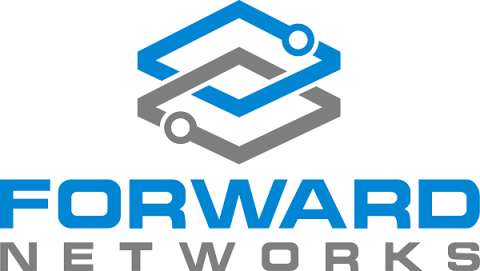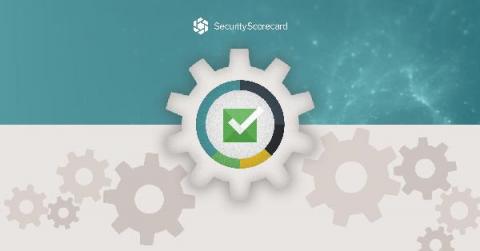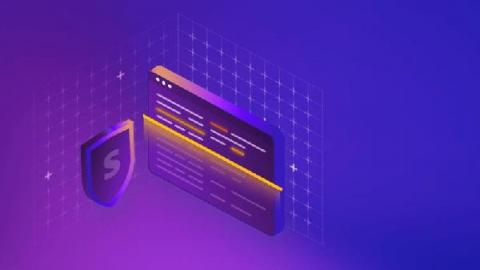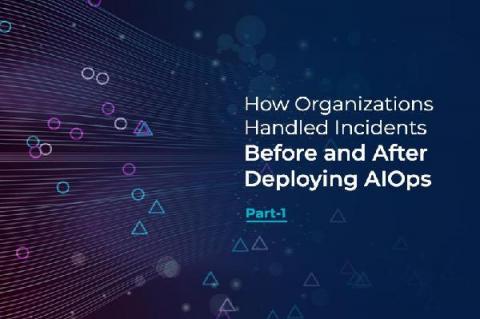Protect yourself from the unknown?
This is a story of an emperor who wanted to protect people and grow his empire. Once he had to face the biggest battle. He conquered the battle through back door intelligence of the enemy. With a risk-based approach he was able to predict the actions of the enemy. This made him invincible. In today’s world, CISO organization faces the same battle but against the cyber war and are therefore are under constant pressure to protect organization.











